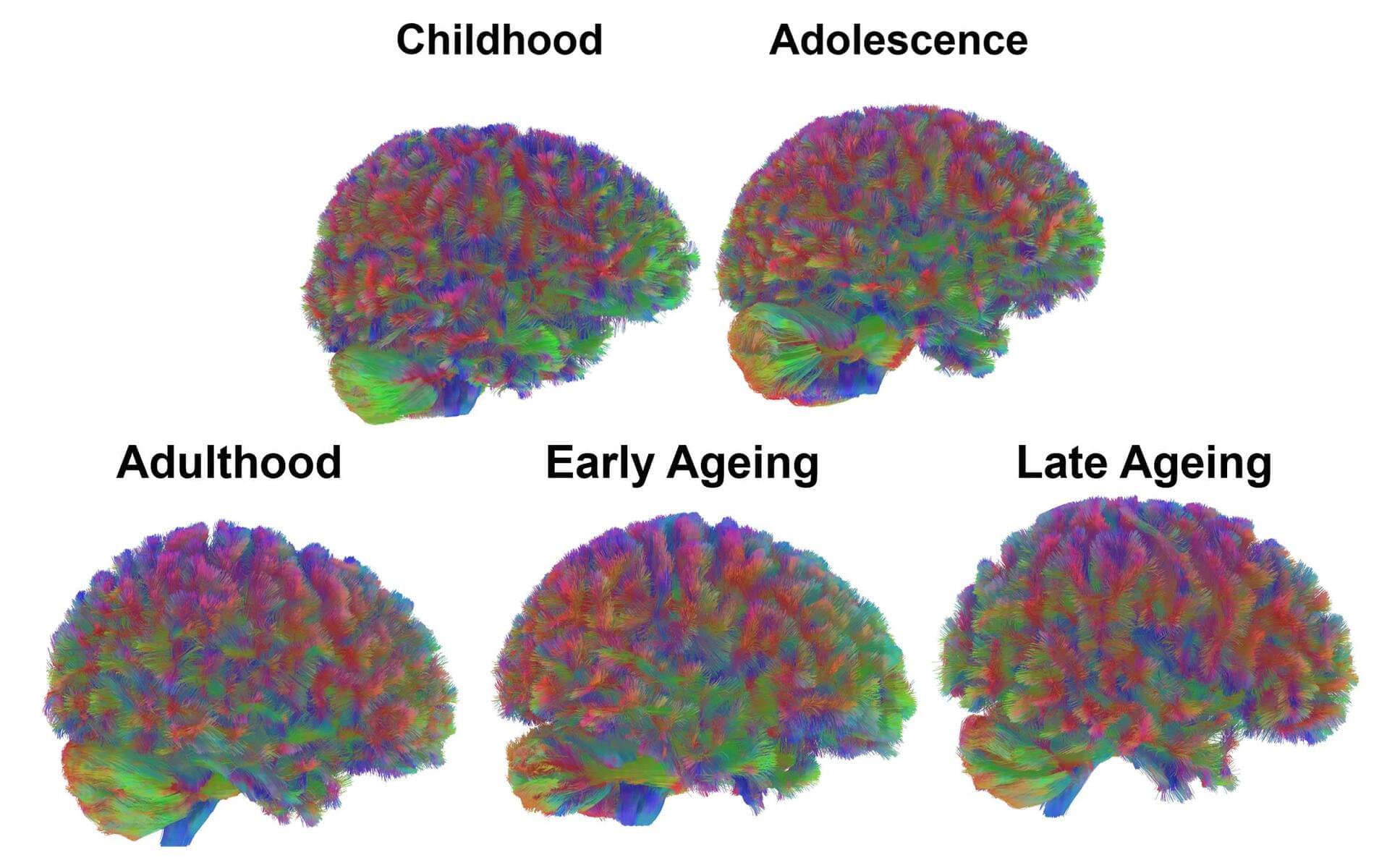New tools that create ultra-precise maps of our tissues are transforming our ability to diagnose and cure once-fatal illnesses
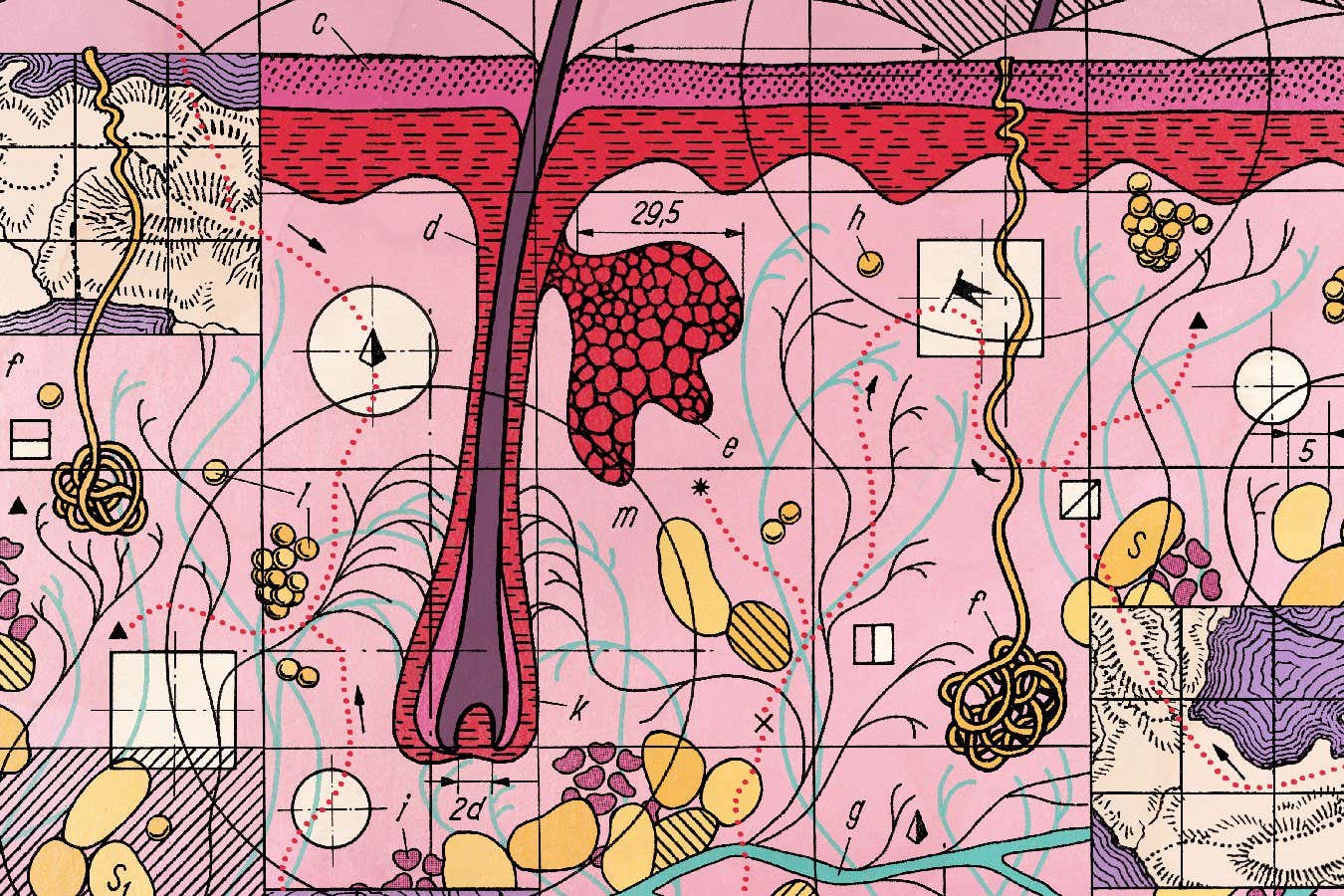

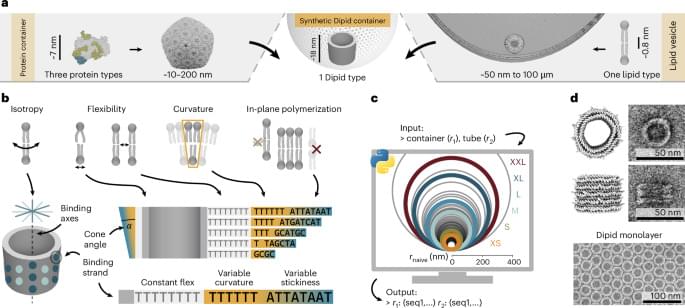

The passage of time may be linear, but the course of human aging is not.
Rather than a gradual transition, your life staggers and lurches through the rapid growth of childhood and the plateau of early adulthood, to an acceleration in aging as the decades progress.
A study has identified a turning point at which that acceleration typically takes place: at around age 50.
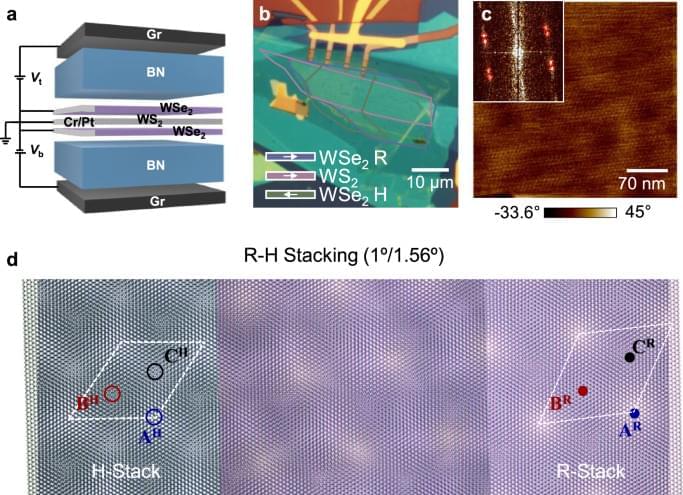
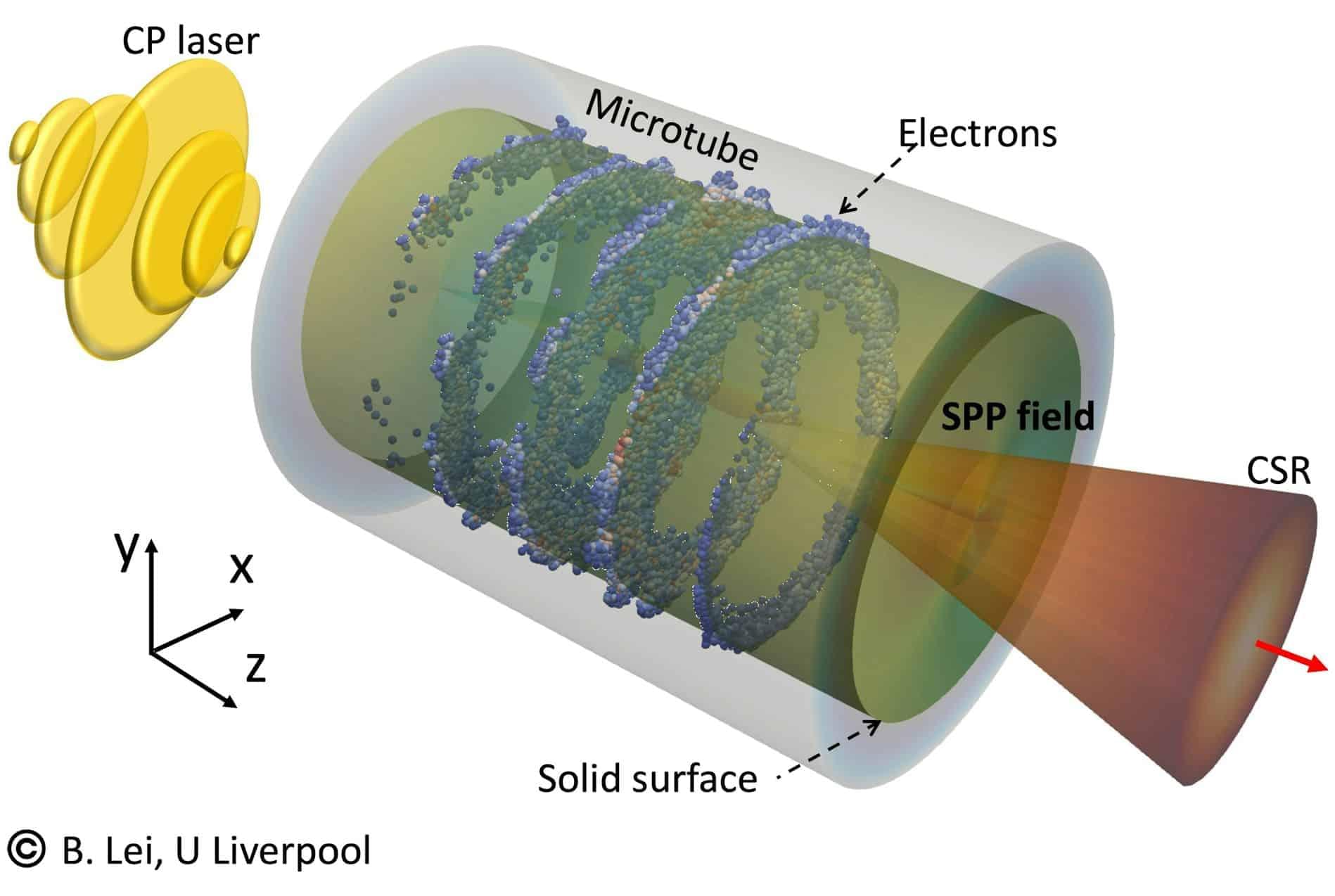
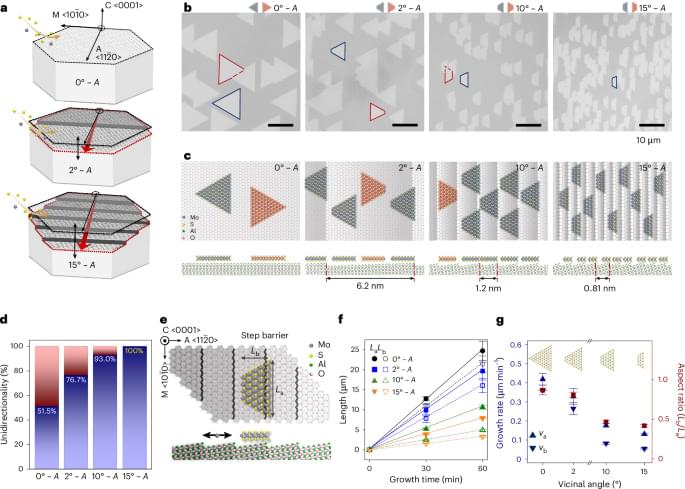
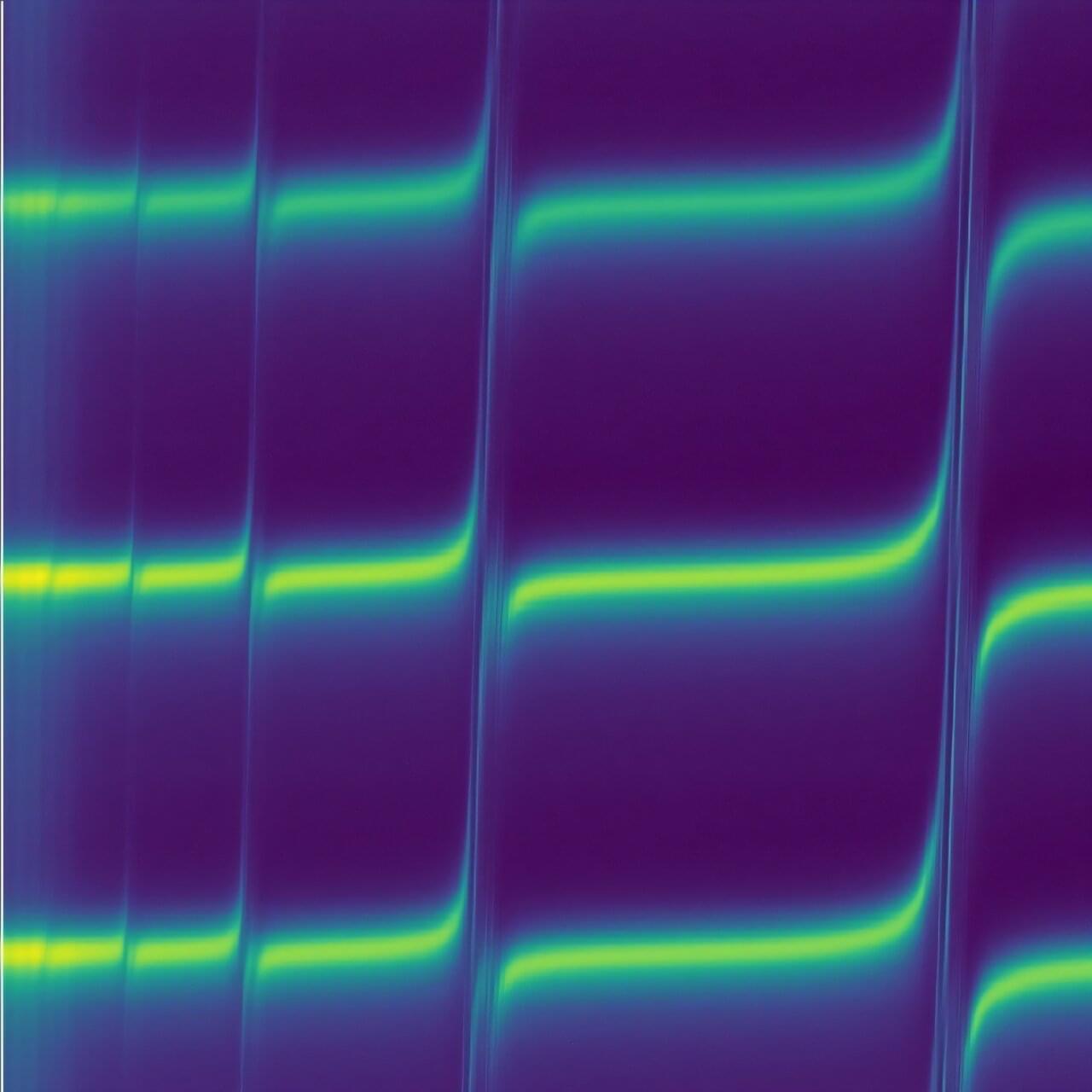
Acoustic frequency filters, which convert electrical signals into miniaturized sound waves, separate the different frequency bands for mobile communications, Wi-Fi, and GPS in smartphones. Physicists at RPTU have now shown that such miniaturized sound waves can couple strongly with spin waves in yttrium iron garnet. This results in novel hybrid spin-sound waves in the gigahertz frequency range.
The use of such nanoscale hybrid spin-sound waves provides a pathway for agile frequency filters for the upcoming 6G mobile communications generation. The fundamental study by the RPTU researchers has been published in the journal Nature Communications.
Surface acoustic waves (SAWs) are ubiquitous. They unleash destructive power in the form of earthquake waves but are also at the heart of miniaturized frequency filters that are used billions of times for GHz-frequency mobile communication in smartphones.

Before the Internet became widely known as a global tool for terrorists, one perceptive U.S. citizen recognized its ominous potential. Armed with clear evidence of computer espionage, he began a highly personal quest to expose a hidden network of spies that threatened national security. But would the authorities back him up? Cliff Stoll’s dramatic firsthand account is “a computer-age detective story, instantly fascinating [and] astonishingly gripping” (Smithsonian).
Cliff Stoll was an astronomer turned systems manager at Lawrence Berkeley Lab when a 75-cent accounting error alerted him to the presence of an unauthorized user on his system. The hacker’s code name was “Hunter” — a mysterious invader who managed to break into U.S. computer systems and steal sensitive military and security information. Stoll began a one-man hunt of his spying on the spy. It was a dangerous game of deception, broken codes, satellites, and missile bases — a one-man sting operation that finally gained the attention of the CIA…and ultimately trapped an international spy ring fueled by cash, cocaine, and the KGB.

A pioneering interdisciplinary study has shown that how young children play a simple iPad game could support early identification of autism.
Led by researchers at the University of Strathclyde, the study, “Motor organization of social play in children with autism,” published in Journal of the Royal Society Interface, is believed to be the first in the world to combine methods from satellite communications with child psychology to analyze patterns in children’s play.
